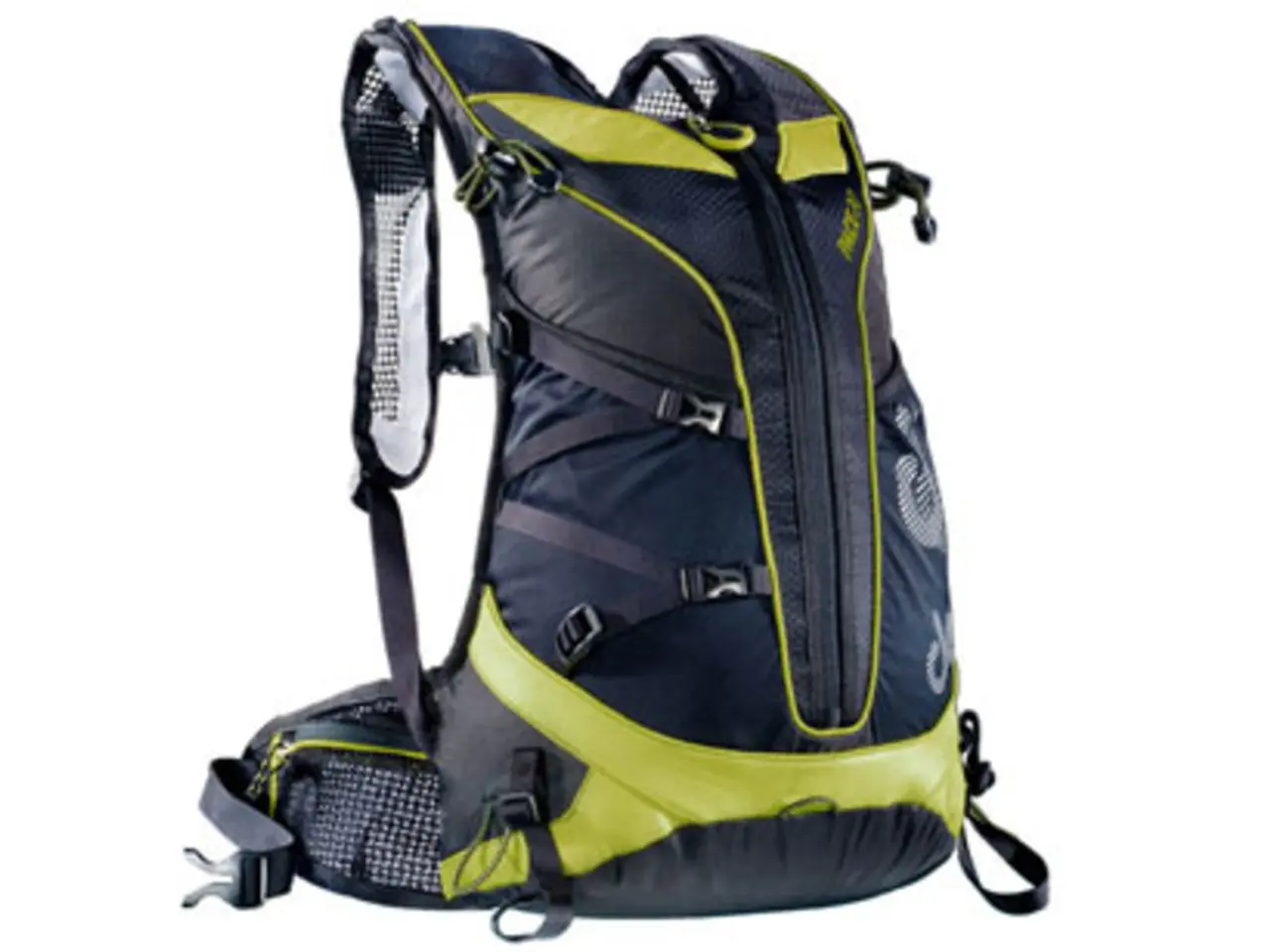Significance of Safe Operation Procedures for Extensive UAV Missions
In the rapidly growing world of drone technology, ensuring safety is paramount, especially for organisations operating under European Aviation Safety Agency (EASA) legislation, such as Regulation 2019/947. One essential tool for achieving this goal is the Safety Management System (SMS).
An SMS is a formal process designed to proactively manage risks and improve operational safety in large-scale drone operations. It embeds safety into every aspect of planning, execution, and oversight, enabling systematic hazard identification, proactive risk management, ongoing training, and continuous improvement through detailed recordkeeping and reporting.
For organisations with a Light UAS Certificate (LUC), an SMS is crucial. It ensures that drone operations meet the highest safety standards, enabling legal authorization for complex or commercial operations, including beyond visual line of sight (BVLOS) flights and operations in controlled airspace.
The benefits of an SMS are manifold. It supports large-scale operations by integrating safety into drone operations with structured processes to identify and mitigate risks unique to large-scale deployments. This is particularly important when flying drones beyond visual line-of-sight or over populated areas, where risks and operational complexity increase significantly.
An SMS also enhances regulatory compliance and authorization. Under EASA Regulation 2019/947, drone operators conducting higher-risk operations must prove safe operational practices. Implementing an SMS fulfills this requirement by systematically managing hazards, ensuring operator competency, and documenting compliance to regulatory standards.
Moreover, an SMS fosters a safety culture involving continuous risk assessment and feedback loops that reduce accidents and incidents, essential for maintaining the long-term viability of drone operations. For entities managing fleets or automated systems with features like self-docking and autonomous deployment, an SMS ensures resilience and operational consistency.
Operationally, an SMS offers benefits and risk reduction. Through comprehensive training, hazard identification, and mitigation strategies, it helps reduce personnel risks and legal liabilities, especially when drones inspect infrastructure or perform surveillance in potentially hazardous or remote environments.
Our website's consultancy department can assist organisations in setting up the necessary documents and procedures for a fully compliant SMS, as well as conducting risk assessments. Our platform automates and streamlines key elements of an SMS, including incident reporting, hazard logging, risk management, and safety performance monitoring.
The Incident Reporting feature allows anyone in the organisation to report incidents, including anonymously, and links incidents to specific flights for comprehensive investigation. It provides a comprehensive view of the event, including details such as flight logs, pilot information, and any other relevant data. The hazard log on our platform provides a clear record of all reported incidents and their follow-up actions, useful during audits by regulatory bodies like the Civil Aviation Authority (CAA).
Continuous improvement is a key component of an SMS. After an incident is reported and investigated, the root cause must be identified and appropriate mitigations put in place to prevent similar incidents. Actions taken in response to incidents, such as changes to checklists, procedures, maintenance protocols, and training requirements, can be easily logged and tracked through our platform. The Incident Reporting feature includes a timeline with notifications, allowing users to see follow-up actions being taken.
Safety promotion and communication are crucial for fostering a safety-focused culture. Our platform includes a clear safety policy and safety statement that can be communicated to all personnel. By providing organisations with the tools to improve safety, enhance compliance, and foster a culture where safety is everyone's responsibility, our website helps organisations better manage the risks inherent in drone operations.
Whether you're operating under EASA regulations or striving to maintain the highest safety standards, our platform and consultancy services are designed to support the key elements of an SMS. SMS supports continuous improvement by identifying the root causes of incidents and implementing changes to prevent similar events in the future. It helps organisations identify, qualify, and manage potential risks, and provides a structured way to report, investigate, and address incidents. The use of our Incident Reporting feature promotes a just culture where personnel feel safe reporting issues without fear of blame or punishment. For organisations operating in Europe under EASA legislation (Regulation 2019/947), having an SMS is a legal requirement, particularly for those operating under a Light UAS Certificate (LUC).
- The Safety Management System (SMS) is a crucial tool for drone operations under the European Aviation Safety Agency (EASA) legislation, such as Regulation 2019/947, as it proactively manages risks and improves operational safety.
- An SMS ensures that drone operations conform to the highest safety standards, offering legal authorization for complex or commercial operations, including beyond visual line of sight (BVLOS) flights and operations in controlled airspace.
- The benefits of an SMS stretch far, enhancing regulatory compliance and authorization, supporting large-scale operations, and fostering a safety culture that minimizes accidents and incidents.
- Our website's consultancy department can assist in setting up a compliant SMS and automate key elements, including incident reporting, hazard logging, risk management, and safety performance monitoring.
- Continuous improvement is a vital aspect of an SMS, and our platform facilitates this by identifying root causes of incidents, implementing preventive measures, and tracking follow-up actions.
- For organizations operating in Europe under EASA regulations, particularly those with a Light UAS Certificate (LUC), having an SMS is a legal requirement, as it supports continuous improvement, risk management, and the development of a safety-focused culture.




